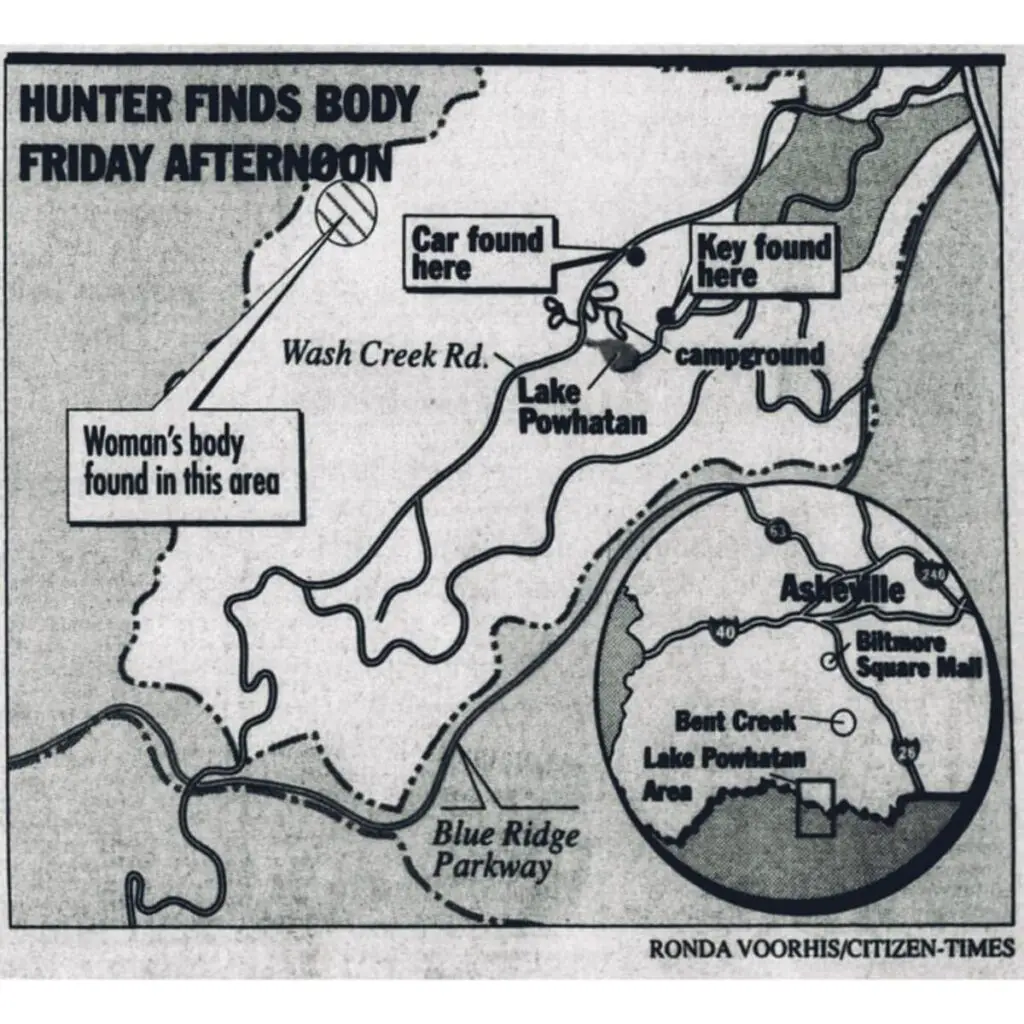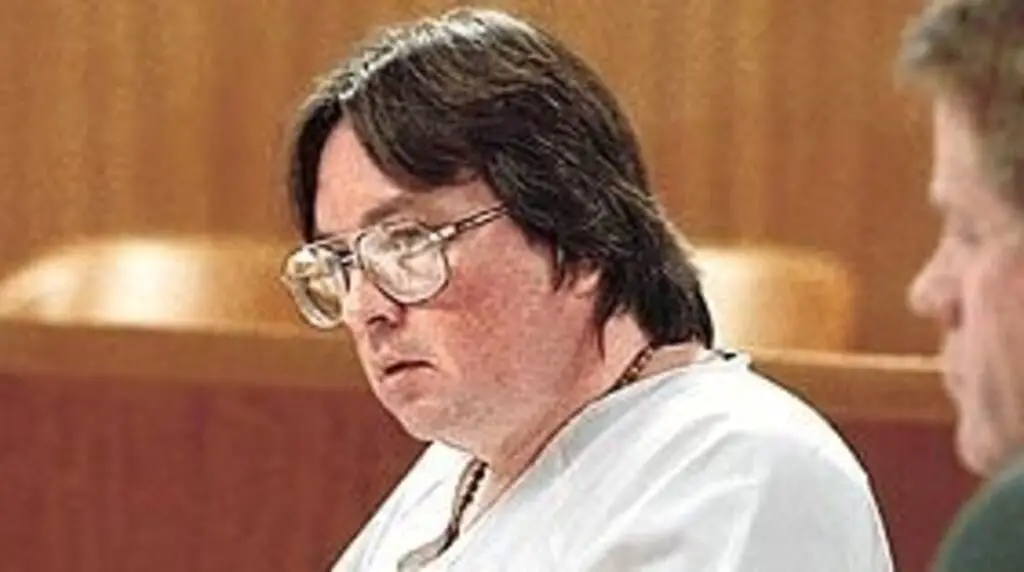In the first months of 2019, St. Louis leaders were facing a crisis. The city had endured the highest homicide rate in the nation for five straight years. By May, 70 people had already been killed, including a quadruple homicide. The city had budgeted for 100 more officers than were on the job; detectives were scrambling to solve cases. Police would solve only about a third of the homicides that year, according to department records.
Facing those challenges, St. Louis leaders asked the federal government to help the city’s police fight violent crime. But federal agents from a violent crime strike force later found police uncooperative, according to records obtained by APM Reports, St. Louis Public Radio and The Marshall Project.
“We are continuing to have problems with teamwork and the Strike Force,” Frederic Winston, assistant special agent in charge with the Bureau of Alcohol, Tobacco, Firearms and Explosives, wrote in a July 2019 email to St. Louis Police Chief John Hayden and others. “This was originated to be a force multiplier to fight gun violence in the city collaboratively, and that is not happening.”
Winston and a member of the U.S. Attorney’s Office complained city police were not willing to share information with federal officials, were resistant to using a gun detection system and duplicated efforts by investigating the same leads, according to documents obtained through an open records request. Winston wrote, “events like this will completely sabotage what we are trying to accomplish.”
Scott Aubuchon, who was homicide commander from 2018 until retiring in 2021, said he remembers the department assigning federal agents to assist his unit in 2020. While he appreciated the help, Aubuchon said he struggled to find ways to use the agents. “Because not all ATF agents and not all FBI agents make great homicide investigators,” he said. “If they were only gonna be there for a few months, anyway, I couldn’t give them a homicide investigation that’s going to last for a year.”
In a statement this week, the ATF said that it’s working with the St. Louis police department “shoulder-to-shoulder, every day to take violent criminals off St. Louis streets. … ATF’s partnership with STL Police has never been stronger.”
The St. Louis police department’s struggles to make use of the federal assistance were emblematic of its budget and staffing challenges in the face of a growing number of homicides. The news organizations combed through thousands of pages of records to investigate why a city that consistently has one of the nation’s highest homicide rates failed to solve about 1,000 murders since 2014.
In addition to poor relationships in the majority-Black neighborhoods where most St. Louis residents are killed and allegedly shoddy investigations by homicide detectives, the investigation found that staffing shortages and budget problems created cascading problems that frustrated the department’s efforts to solve murders in St. Louis.
“I’m sure on paper, there is a budget,” Aubuchon said. “But as far as a practical point, there was no budget for me in the office. I had nothing.”
As the number of killings increased, the homicide unit struggled with tight budgets, unrelenting overtime, turnover in key positions, an exodus of crime lab technicians and a ballooning backlog of DNA samples.
And at times — such as with the ATF strike force —- the St. Louis Metropolitan Police Department failed to take advantage of what scarce resources were available.
The department did not respond to interview requests and emailed questions about this story.
St. Louis is among many cities nationwide struggling to recruit and retain police officers.
The overall number of St. Louis officers dropped by nearly a third between 2014 and this year. There are about 200 fewer uniformed officers currently working than the city budgeted for.
Among the current vacancies are five open positions in the homicide division, according to Joe Steiger, business manager of the St. Louis Police Officers Association. Steiger isn’t hopeful they’ll be filled.
Staffing shortages followed budget cuts in the homicide unit. In 2019, the total number of uniformed officers on the job dropped below 800 for a second consecutive year — about 100 officers fewer than budgeted. The department also cut the homicide department budget that year for a third time since 2012, according to internal police budget documents obtained through a public records request.
The next year, St. Louis suffered 263 homicides, earning the city the distinction of having the highest homicide rate over the last 60 years for cities with a population over 250,000 people, according to an analysis of FBI data.
During that time, the department doled out hundreds of thousands of dollars a year in overtime as detectives had to handle additional cases during the COVID-19 pandemic.
The federal government recommends that homicide detectives lead no more than four to six new cases each year. Between 2019 and 2021, detectives were leading nine on average, Aubuchon said in an interview.
Some likely had more. One detective testified in court in 2022 that she had once been asked to lead 22 new cases in one year.
The high caseloads, coupled with long hours and high expectations, made recruitment difficult.
“The best detectives should be in that office,” Aubuchon said, but experienced officers often didn’t want the job.

The division’s staffing challenges meant there were also fewer experienced homicide detectives to help with training. About a third of those working in the homicide unit in 2019 no longer work for the department, according to city and state personnel records. Some retired. Others are working at other police departments.
In 2020, the consulting group Teneo Risk released an assessment warning that the department faced “chronic understaffing” and lacked “a strategic approach toward staffing and resource allocation.”
Department records show that 2019 and 2020 were the years with the lowest clearance rates over the past two decades.
At a January news conference, Chief Robert Tracy praised the police department’s clearance rate for 2023, which had risen above 50% for the second consecutive year. Tracy also heralded the declining number of homicides last year.
Still, more than 1,000 murders in St. Louis since 2014 remain unsolved. Some of those cases may remain open because of missing DNA evidence.

In June 2023, the department’s crime lab — plagued by staffing problems — reported that it had 552 backlogged DNA cases related to homicides.
In some instances, DNA technology could help a detective make an arrest without finding other evidence or securing witness testimony, a frequent challenge for St. Louis detectives.
Yet the backlog, coupled with a 15-month average turnaround time in 2023, can make it harder for detectives to make an arrest because witnesses disappear and suspects leave the city.
“Any DNA sample that is not addressed is a potential suspect let go,” Aubuchon said. He added that the crime lab would prioritize samples at his request.
The weeks immediately following a murder are a critical time for murder investigations. Of the homicides committed between 2020 and 2023, half of the closed cases were resolved within 15 days of the incident. Seventy-five percent were wrapped up in a little over two months.
“The first 48 hours, that’s the most important time for solvability of a case,” said Kevin Lothridge, deputy executive director of the Global Forensic and Justice Center at Florida International University.
But lab officials in St. Louis told the federal government that the city plans to focus on the oldest cases first. With some cases dating back to 1986, it could take years for the lab to catch up.
The city’s DNA backlog for homicides more than doubled since 2019, despite receiving a total of $1.6 million in federal support over several years to reduce it. In its grant application, the crime lab said the federal money would be used to hire DNA analysts.
But despite the funding, new workers largely haven’t materialized as of late April. Between 2020 and 2022, the crime lab had lost 7 of the 11 staff members, including the lab’s technical leader, according to a grant report filed with the federal government. Lab officials also blamed delays on escalating violence and an increasing number of homicides.
After reviewing the lab’s grant materials, Lothridge warned that “it’s a long, long process to rebuild” a DNA lab after losing trained staff. He said government crime labs regularly lose qualified personnel to labs that pay higher salaries. He suggested the city come up with a retention plan to keep existing DNA analysts.
In an interview last year, Ryan Cousins, who oversaw the department’s Bureau of Investigative Services at the time, acknowledged that the DNA backlog is an issue. But he insisted detectives are still actively investigating cases.
“A detective is not sitting around saying, ‘Hey, I’m not doing anything else until the DNA comes in,’” he said. “They go out, and they work, and they find other supporting evidence.”
A review of budget documents in late April showed that the DNA lab’s technical leader position has been filled, but there are still six unoccupied slots for criminalist and forensic science technician.
On its recruitment website, the department highlights pay and that people no longer need to live in the city to work for the department. It also features a banner on the top of its website that says, “We need you now, no hiring freeze.”
This article, the fourth in a series, was published as a collaboration among St. Louis Public Radio, The Marshall Project and APM Reports, as part of the Public Media Accountability Initiative, which supports investigative reporting at local media outlets around the country.



























